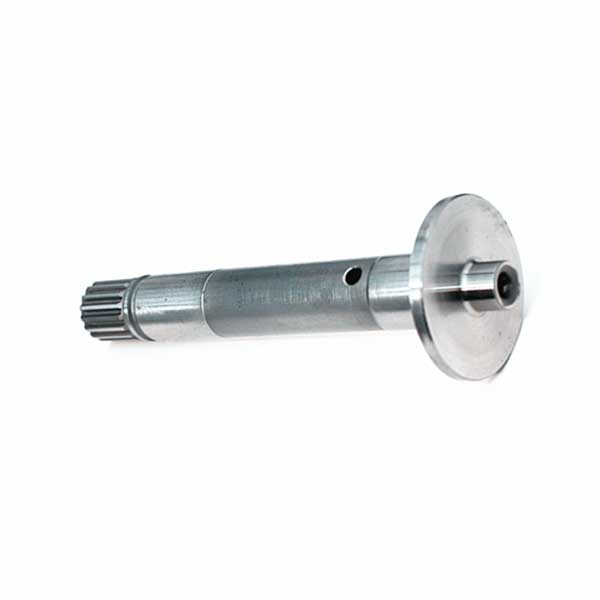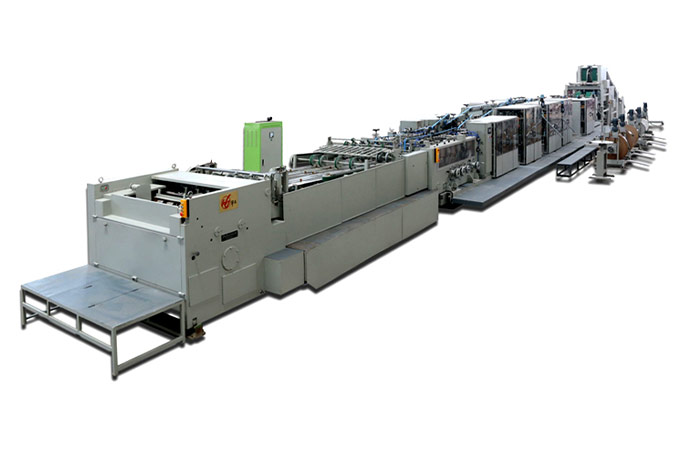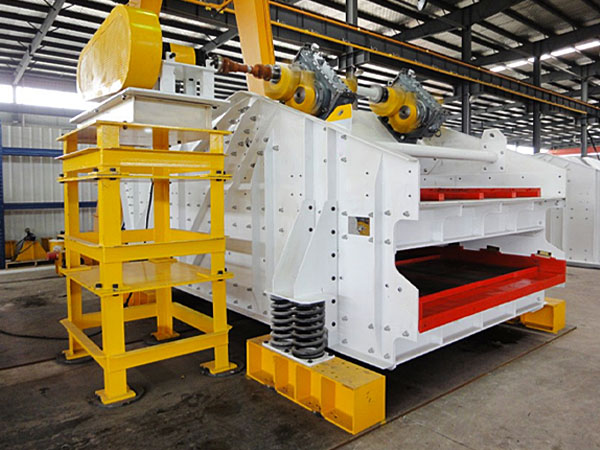https://www.ls-casting-mold.com/wp-content/uploads/2023/02/陕汽_T3cETwW.jpg
450
600
lsmojv
http://www.ls-casting-mold.com/wp-content/uploads/2018/12/lslogo-300x138.png
lsmojv2023-02-02 10:23:452023-02-02 10:23:45How to carry out anti-corrosion treatment on water tank trucks
https://www.ls-casting-mold.com/wp-content/uploads/2023/01/轴叉锻件.jpg
800
800
lsmojv
http://www.ls-casting-mold.com/wp-content/uploads/2018/12/lslogo-300x138.png
lsmojv2023-01-11 15:09:522023-01-11 15:09:52TECHNICAL REQUIREMENTS FOR FORGED SHAFT FORGINGS
https://www.ls-casting-mold.com/wp-content/uploads/2022/06/IMG_6351.jpg
400
600
lsmojv
http://www.ls-casting-mold.com/wp-content/uploads/2018/12/lslogo-300x138.png
lsmojv2023-01-11 15:00:052023-01-11 15:00:05How to Repair Excavator Slewing Bearing
https://www.ls-casting-mold.com/wp-content/uploads/2022/05/PU20.02602.jpg
700
700
lsmojv
http://www.ls-casting-mold.com/wp-content/uploads/2018/12/lslogo-300x138.png
lsmojv2023-01-11 14:49:002023-01-11 14:49:00What are the damage forms of thin-walled crossed roller bearings?
https://www.ls-casting-mold.com/wp-content/uploads/2022/03/12-Inch-16-Spline-Main-Disc-With-Spring-e1646271072574.jpg
400
600
lsmojv
http://www.ls-casting-mold.com/wp-content/uploads/2018/12/lslogo-300x138.png
lsmojv2023-01-11 14:40:572023-01-11 14:40:57How to adjust the height of tractor clutch lever
https://www.ls-casting-mold.com/wp-content/uploads/2022/02/12-e1645582658515.jpg
600
600
lsmojv
http://www.ls-casting-mold.com/wp-content/uploads/2018/12/lslogo-300x138.png
lsmojv2023-01-11 14:32:332023-01-11 14:33:29Detailed Explanation of Grow Rack Ventilation Solutions
https://www.ls-casting-mold.com/wp-content/uploads/2022/02/糊底机全图-e1644893738778.jpg
600
600
lsmojv
http://www.ls-casting-mold.com/wp-content/uploads/2018/12/lslogo-300x138.png
lsmojv2023-01-11 14:24:562023-01-11 14:24:56Overall scheme design of paper yarn composite bag square bottom machine
https://www.ls-casting-mold.com/wp-content/uploads/2022/02/移动氢氧化钙生产线7-e1644565056663.jpg
529
600
lsmojv
http://www.ls-casting-mold.com/wp-content/uploads/2018/12/lslogo-300x138.png
lsmojv2023-01-11 14:12:402023-01-11 14:12:40HOW MUCH IS CALCIUM HYDROXIDE PRODUCTION LINE
https://www.ls-casting-mold.com/wp-content/uploads/2022/02/Vibrating-Screen4-1.jpg
450
600
lsmojv
http://www.ls-casting-mold.com/wp-content/uploads/2018/12/lslogo-300x138.png
lsmojv2023-01-11 14:04:492023-01-11 14:04:49What are the vibrating screen techniques?
https://www.ls-casting-mold.com/wp-content/uploads/2022/03/20181211140425_4358.jpg
450
700
lsmojv
http://www.ls-casting-mold.com/wp-content/uploads/2018/12/lslogo-300x138.png
lsmojv2023-01-11 13:53:262023-01-11 13:53:26How to deal with the severe wear of the hammer head of the crusher?
Scroll to top










